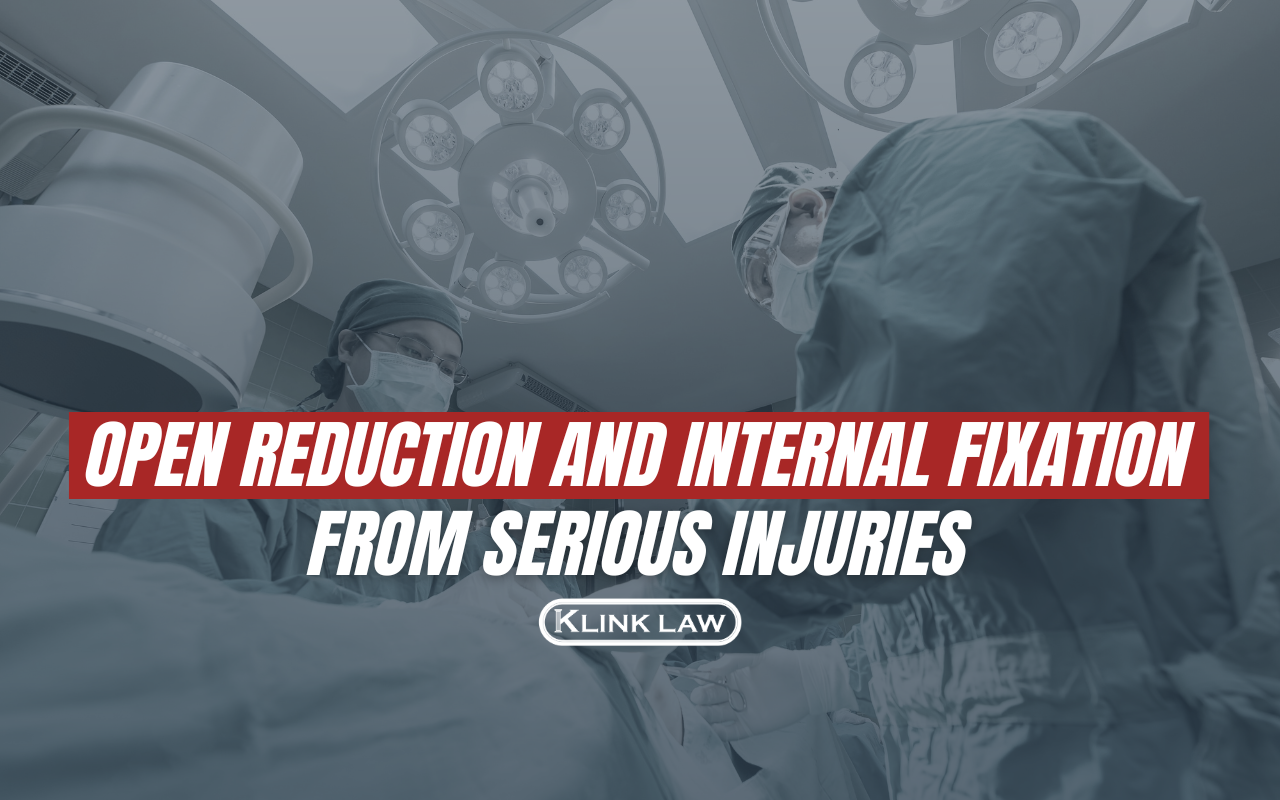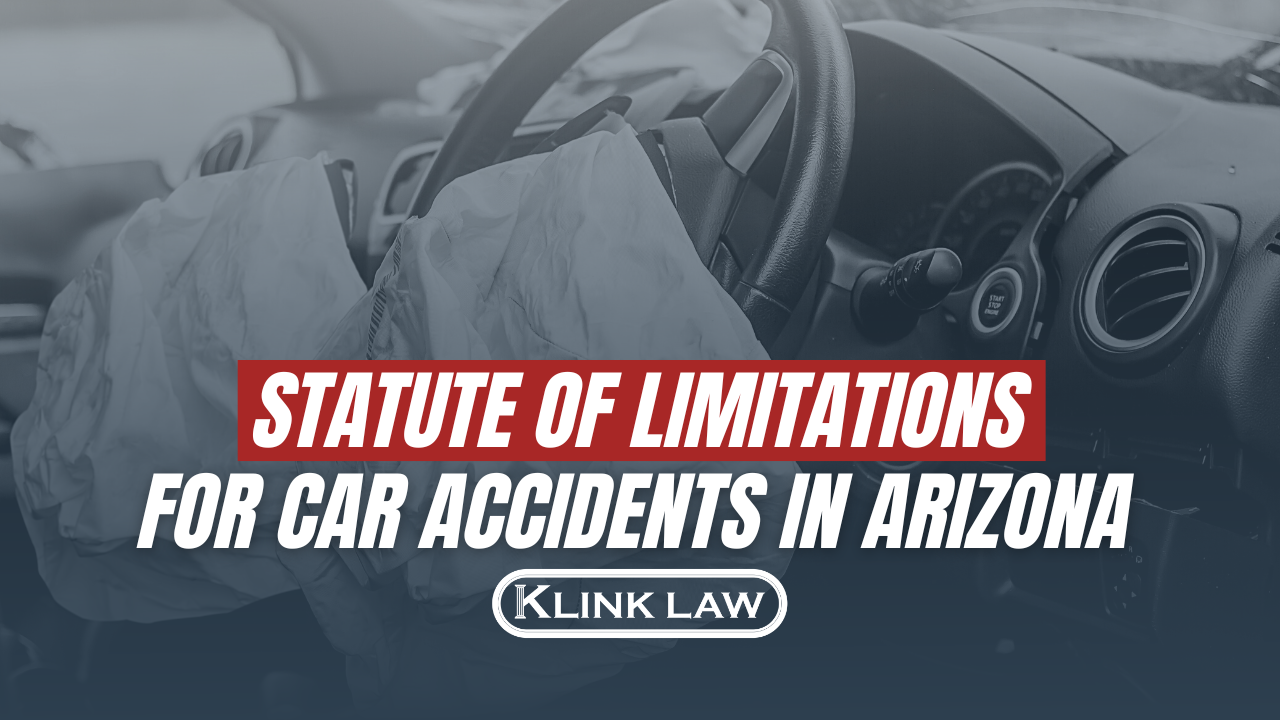
Understanding Open Reduction and Internal Fixation From Serious Injuries
Open reduction and internal fixation (ORIF) is a surgical procedure utilized in cases of severe fractures to stabilize and repair broken bones. An ORIF procedure may be necessary if you experience bone trauma as a result of an accident, leading to significant injuries.
Within the ankle joint, three bones exist: the tibia (shinbone), the fibula (the smaller bone in your leg), and the talus (a bone in your foot). Various types of trauma sustained in accidents can cause damage to any of these bones. In some cases, the severity of a personal injury accident can result in the bones becoming misaligned.
For severe ankle fractures, the expertise of an orthopedic surgeon may be required to perform an ORIF procedure, aligning and stabilizing the bones. During an open reduction and internal fixation surgery, orthopedic surgeons physically implant hardware, such as screws, plates, rods, wires, or nails into the bones.
ORIF Surgery After Traumatic Injuries Caused By Car Accidents or Falls
In cases where a closed reduction is unlikely to promote proper healing, surgery becomes necessary. Surgical intervention is typically reserved for complex bone injuries, such as comminuted fractures (where the bone shatters into multiple fragments), unstable fractures, or cases where bone healing may result in malunion, such as bone healing at an incorrect angle.
The surgical procedure, known as “open reduction internal fixation” or ORIF, involves the skilled placement of the bone fracture fragments by an orthopedic surgeon, a procedure referred to as “alignment.” Following alignment, the fracture fragments are immobilized using one of the following methods:
- Metal plates and locking screws
- Metal screws alone
- K-wires
- Metal pins
ORIF Using An Intramedullary Rod
Complex fractures of the long bones in the leg, such as the femur, tibia, and fibula, often require surgical treatment using an intramedullary rod, also known as an intramedullary nail (abbreviated as “IM”). This technique, called ORIF, involves inserting a long titanium metal nail into the bone’s central canal, with screws at the proximal and distal ends to secure the IM rod in place.
The IM rod serves two purposes: it helps align the fractured bone (internal reduction) and immobilizes it to facilitate healing. Rather than providing complete support, the IM rod shares the load with the fractured bone, promoting faster recovery.
By utilizing this approach, we can effectively treat complicated fractures, ensuring proper alignment, stability, and accelerated healing.
What are the risks of ankle fracture open reduction and internal fixation?
During Open Reduction Internal Fixation (ORIF), like any surgical procedure, there is always a possibility of occasional complications. Some potential complications that may arise include:
- Pain around the fracture site and pain associated with the metal hardware, screws, and rods inserted into your bones;
- Infections;
- Nerve and muscle damage;
- Future arthritis;
- Additional medical costs and expenses to care for the injury after surgery.
There is a possibility that the fracture may not heal properly. In such a case, a second ORIF surgery may be required to repair the fracture and potentially insert additional hardware into the bones. It is crucial to consider all the costs and expenses associated with an ORIF surgery, as well as the aftercare required for this severe injury when negotiating a potential settlement with the insurance company or the responsible party.
Once your personal injury case settles, it is permanently closed, and you cannot seek compensation for future medical care or expenses. Your personal injury lawyer must possess the necessary knowledge and experience to engage in settlement negotiations, ensuring that you receive full compensation for your pain, suffering, medical expenses, and any other economic damages resulting from your injury.
What are the reasons for undergoing open reduction and internal fixation surgery?
If you have experienced a motor vehicle accident, you may face the possibility of a severe fracture that necessitates ORIF surgery to repair and heal your bones. Typically, individuals undergo ORIF surgery under the following circumstances:
- The leg bones are severely out of alignment
- The fractured bones penetrate through your skin
- The bones have been shattered into several pieces
- The bones are not stable
Contact Our Phoenix Personal Injury Attorney Now
If you or a loved one has suffered an injury and required ORIF surgery after an accident, it is crucial to seek the assistance of an attorney experienced in handling such claims. If you have been involved in an accident. Klink Law offers free strategy sessions to address any concerns or questions you may have regarding your injury, medical bills, or accident claim. For immediate assistance, please contact our Arizona personal injury attorney. At Klink Law, we handle Arizona personal injury cases regularly.


